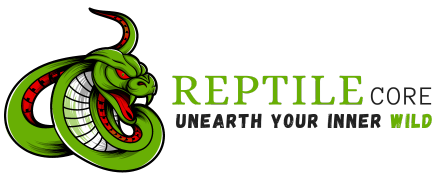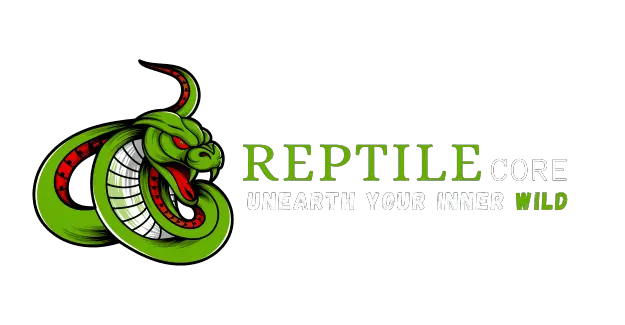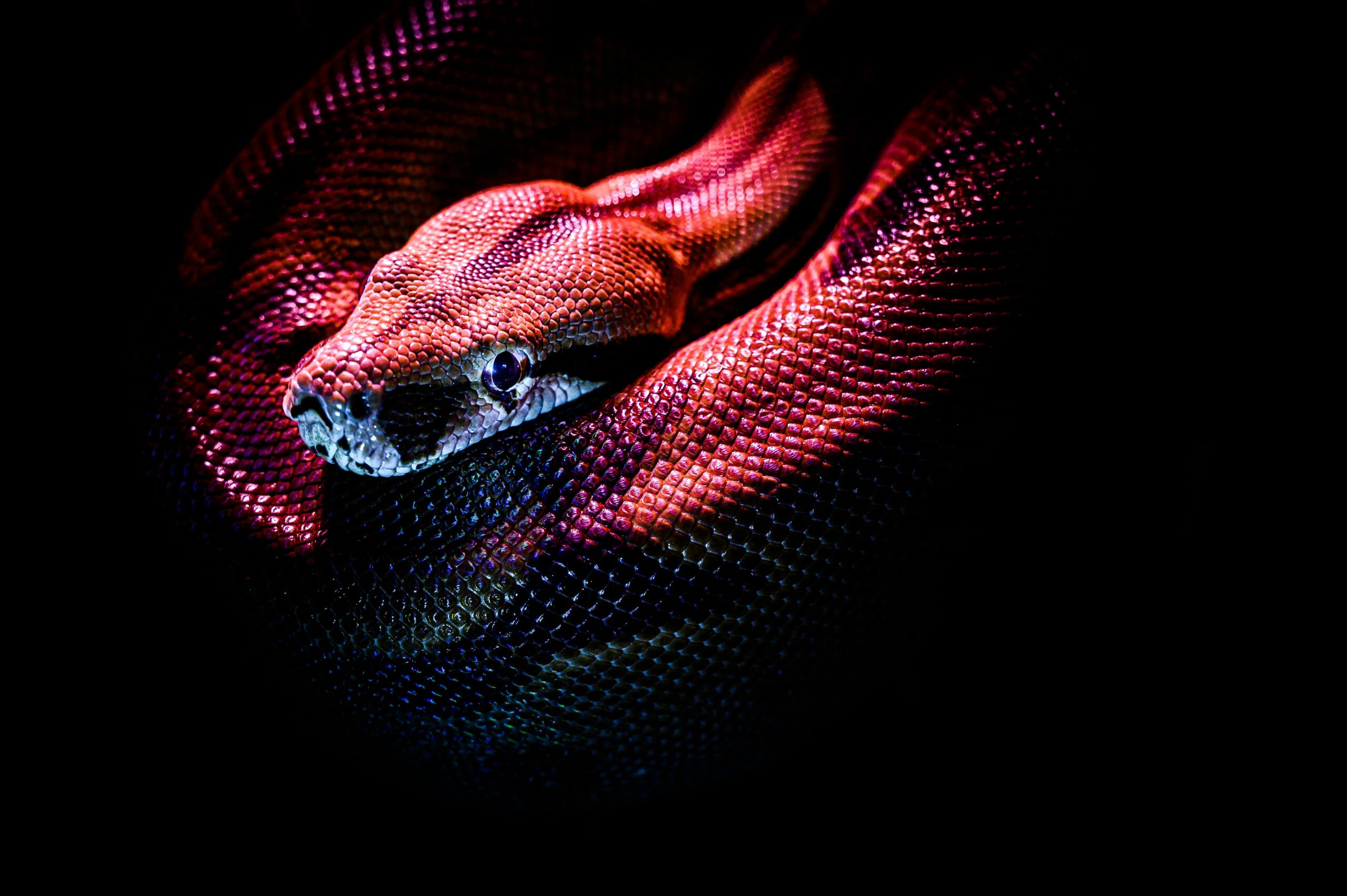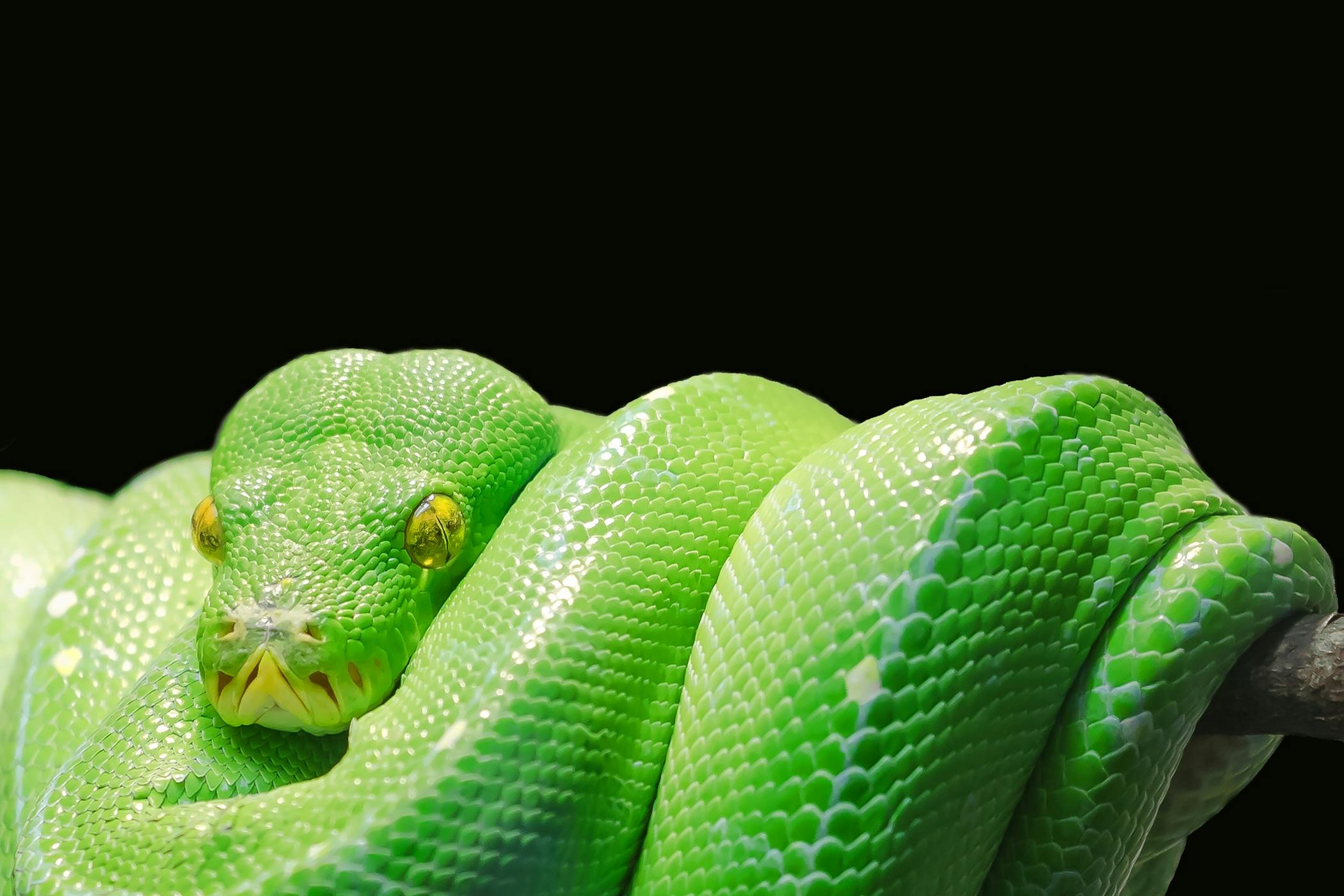Corn Snake Care Guide
Published: January 30, 2024
Biology:
Corn snakes are versatile in their habitat selection in the wild, although they are commonly associated with corn barns, where they feed on rodents. In addition to rodents, they also consume birds, other reptiles, and amphibians. These primarily terrestrial snakes often seek refuge in rodent burrows and under logs, displaying proficient climbing abilities.
Active mainly during dawn and dusk, corn snakes are known for their docile nature. They lack venom and rely on constriction to subdue their prey in the wild. Typically reaching lengths of around 150 cm, males are generally smaller.
In the United Kingdom, corn snakes are more frequently bred in captivity than captured in the wild. The availability of various color and pattern variations, referred to as ‘morphs,’ has increased. Prospective corn snake owners should ensure they can provide proper care and cover associated costs throughout the snake’s entire lifespan. Numerous corn snakes may be available for rehoming, and interested individuals can check the RSPCA website for more information.
Environment:
The enclosure, known as a vivarium, must be secure to prevent escapes and free from potential hazards causing harm. Adequate ventilation is crucial to avoid the buildup of harmful bacteria, and the vivarium should be constructed from a durable, easy-to-clean material that retains heat.
A properly-sized vivarium allows the corn snake to fully stretch out, with recommended dimensions of at least a third of the snake’s length for width and height.
Temperature:
Corn snakes are ectothermic, relying on their environment for temperature regulation. To create a thermogradient, position a heat source at one end of the vivarium while keeping the opposite end cool, allowing the snake to move around and regulate its temperature.
For a basking zone, use a heat lamp at one end, guarded to prevent burns or injuries. A thermostat is essential for temperature regulation, with the probe placed just above the substrate at the level where the snake will sit. Adjust the thermostat until the basking zone reaches 28 to 30°C.
For smaller enclosures, a reptile heat mat under one side is recommended, using an on/off thermostat with the probe in the hot end set at 30°C. Record temperatures daily using digital thermometers. At night, turn off the heat source to simulate nighttime conditions, allowing the temperature to drop to 16 to 20°C.
Additional heat sources may be necessary if the room temperature falls below this range. Place the vivarium in a draft-free, safe location away from heat sources and direct sunlight.
Humidity
Maintaining the appropriate humidity is crucial for your snake’s respiratory health and a successful skin shedding cycle. A hygrometer is used to measure the humidity inside the vivarium, aiming for levels around 40 to 50%. In cases of excessive humidity, increased ventilation is necessary for the vivarium.
Cleaning
Regular maintenance is crucial to prevent dirty vivariums from becoming health hazards for both you and the snake. Spot clean animal waste as soon as it appears. Monthly, use a reptile-safe disinfectant from pet shops to clean the vivarium walls, glass, and decorations thoroughly. Rinse well after cleaning. Given the potential for Salmonella, exercise caution, washing hands before and after handling the snake or its equipment to minimize the risk of infection transmission between you and the snake.
Light
Reptiles rely on natural daylight to establish their day and night patterns. Sunlight contains visible light and ultraviolet (UV), with a portion called UVB aiding reptiles in synthesizing vitamin D3 for calcium storage. Another portion, UVA, is essential for vision enhancement and the ability to perceive a broader spectrum of colors.
To create a ‘photogradient,’ arrange lighting with the heat source, ensuring the cool end is more shaded, mimicking natural conditions. Incorporate a low-output, 2 to 7% reptile UVB tube into the roof of the vivarium, positioned between one half and one third of its length into the hot end.
Use a reflector to direct the light onto the corn snake. Adjust the UVB tube according to the manufacturer’s recommendations for the vivarium’s height. Regularly check the UVB output using an appropriate UV Index (UVI) meter at the animal’s level, directed towards the UV lamp. Corn snakes require a UVB gradient ranging from UVI 1.0 in the basking zone to zero in the shade.
Follow the manufacturer’s guidelines for lamp replacement. UV lamps should be guarded to prevent burns or injuries in case of bulb breakage. Turn off all lights at night, and use a plug-in timer to control both lights and the heat lamp, maintaining a 12-hour on/off cycle.
Diet:
Water:
A receptacle for clean, fresh water must be provided at the cool end, replenished at least daily, and of a size allowing the snake to bathe. If the water becomes soiled, prompt replacement is essential.
Feeding:
In their natural habitat, corn snakes consume a diverse range of prey, though such options are not readily available. Offer a diet of dead mice, obtainable from pet stores. Hatchling corn snakes commence with one ‘pinky’ (baby mouse) every 5 to 6 days, progressing to larger sizes as they grow, up to one adult mouse every 7 to 14 days.
As a guideline, provide prey slightly wider than the snake’s widest body part. Introducing other prey, such as quails and rats, monthly enhances diet variety. Regular weighing is crucial to prevent underweight or obese conditions.
To minimize substrate ingestion, feed the snake outside the vivarium using tongs in a shallow, clean plastic tub. Cover the feeding tub, as corn snakes prefer eating in darkness. After consumption, gently return the open box to the vivarium, allowing the snake to exit at its own pace. Supplements containing calcium should be dusted onto the snake’s food, following the manufacturer’s instructions to avoid over-supplementation.
Download the Caresheet |
Behavior:
Blue-tongue skinks are ground-dwelling lizards in forested areas, characterized by large, smooth, flat scales, a broad head, and a distinct bright blue tongue. These lizards can reach lengths of 50 to 60 cm and have a lifespan exceeding 10 years. Being omnivores, their diet encompasses a wide range of foods, including plant matter, live insects, carrion, and various small animals. In captivity, their diet should include snails, a primary food source in the wild.
Before obtaining a blue-tongue skink, it is imperative to ensure that you can provide the appropriate care and cover associated costs throughout its life. With numerous species and subspecies available, accurate identification is crucial. Acquiring a skink bred in captivity is recommended, and adoption from reputable organizations like the RSPCA is an option.
Enrichment
Facilitating natural behaviors in captivity, termed ‘enrichment,’ is vital. Corn snakes are active climbers, so provide branches for this purpose, sterilizing natural branches with boiling water if used.
Create hiding spaces at both ends of the vivarium to allow the snake to select a temperature without compromising security. Hides should be large enough for the snake but not excessively spacious. A third hide, containing moistened moss (a ‘humid hide’), can introduce humidity variation.
Substrate
Substrate, the flooring in the vivarium, is essential for the snake’s burrowing and sense of security. Recommended substrates include organic soils or reptile-friendly soil/sand mixes. Sand alone is discouraged due to potential skin irritation. Incorporating dry leaves provides cover and a naturalistic environment.
A mix of 60% soil, 30% sand, and 10% leaves is suitable for healthy snakes. While paper towels or newspaper can be temporary substrates, permanent housing should aim for a naturalistic environment, possibly adopting a bioactive system.
Company:
Keep corn snakes individually, mirroring their solitary nature in the wild. Single housing facilitates health checks and monitoring.
Handling:
Corn snakes can acclimate to regular handling. Gently scoop the snake from underneath, supporting the entire body. Avoid grabbing, as it can induce stress. If the snake adopts an ‘S’ shape when threatened, leave it undisturbed. Limit handling time to prevent a drop in core temperature. Keep other pets separate, especially after feeding.
A 48-hour post-feeding handling restriction is advisable, and handling around shedding or immediately after handling prey is discouraged to prevent defensive behavior or potential biting. Feeding outside the vivarium and washing hands before handling aids in managing the snake’s expectations.
Health & Welfare:
A robust and well-cared-for corn snake displays frequent tongue flicking and clear, bright eyes. Its skin should appear smooth, devoid of blisters, which may indicate excessive moisture.
Shedding:
A robust and well-cared-for corn snake displays frequent tongue flicking and clear, bright eyes. Its skin should appear smooth, devoid of blisters, which may indicate excessive moisture.
Brumation:
Brumation, a natural energy-saving process observed in some snakes during cooler months, is triggered by reduced daylight hours and air pressure. Snakes undergoing brumation may eat less, but careful monitoring is essential to ensure they maintain a healthy weight.
Diseases & Concerns:
Vigilance for abnormal droppings is crucial, as they can indicate internal parasites. Mouth rot, an infection of the mouth with various potential causes, and external parasites such as mites should be monitored. Snake mites, residing beneath the scales and feeding on blood, may prompt prolonged periods of water soaking. Presence of small black specks on the snake or near the water bowl may also signal mites, posing a risk of disease transmission.
Metabolic bone disease (MBD) encompasses a range of nutritional diseases and imbalances in captive reptiles, often linked to insufficient available calcium due to a vitamin D3 deficiency.
Thorough research on corn snake diseases is essential for owners. Regular health monitoring is advised, and any concerns, including those mentioned above, should prompt immediate consultation with a reptile vet.
Download the caresheet for Corn Snake |

Recent Posts
- All Post
- care sheets
- guide
- Lizards
- snakes
- Uncategorized
- Back
- Mourning Gecko
- Sandfish skink
- Tegu
- Ackie Monitor lifespan
- Bearded dragon
- Blue Tongue Skink
- Crested Gecko
- Gargoyle Gecko
- Jackson's Chameleon
- Leopard Gecko
- Back
- Ball Python
- Black Rat Snake
- Corn Snake
- Gila Monster
- kenyan sand boa
- Milk Snake
- Back
- lizardscs
- snakescs
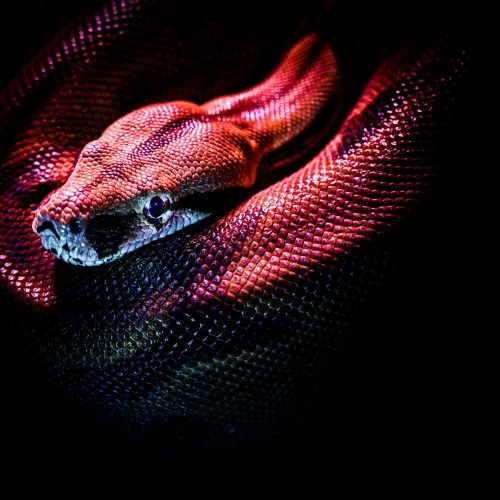
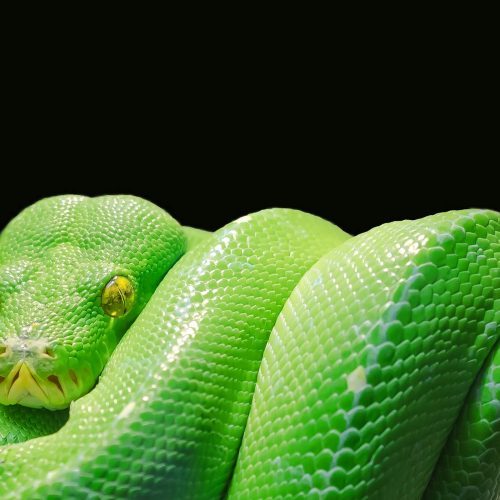
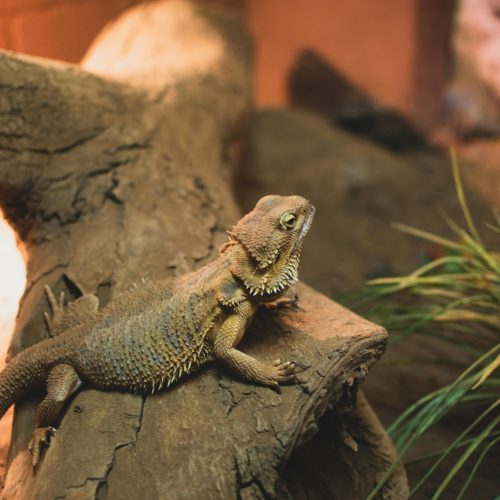
Address
215 Woodland Ave. Manchester, NH 03102
